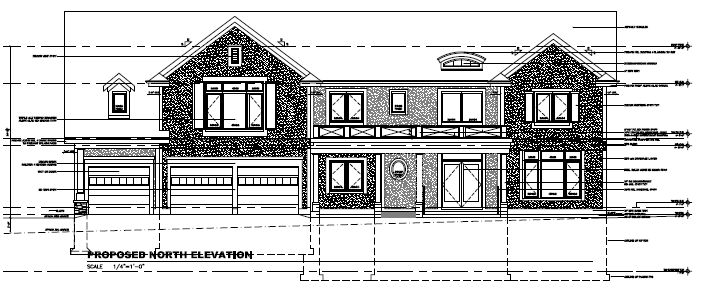Welcome Home!
Many of us are exploring eco-friendly home solutions, but seek the map or journal of someone who has already navigated these waters successfully. If you share our passion for environmentally friendly and cost effective ideas for your next home, you’ve come to the right place.
This blog documents our family’s journey to construction of a remarkably energy efficient home just north of Toronto, Ontario in the Town of Markham. We will share some of the choices, some easy and some hard, we’ve made in selecting effective materials and systems.
Our initial aim was to discover just how feasible the concept of an ECOnomical and ECOlogical home was. At the same time, we strove for a comfortable family home with a sense of luxury. This was about changing the way homes are built without sacrificing our lifestyle.
It was an ambitious goal, but we strove for a home that generated as much energy as it consumed over the course of a year, a net-zero energy home. This was no small feat for a house this size. The energy required to keep our home toasty in Toronto’s cooler northern climate mothered innovative design elements. To the best of our knowledge, this will be the largest net-zero energy house in Canada. It will be only the third project to do so in the Greater Toronto Area (the other two being CMHC sponsored under the EQuilibrium Housing Initiative). We hope that this blog is helpful to you on your journey to an affordable, environmentally friendly home.
This house was featured in the Toronto Star on June 26, 2010 and can be found at:
http://www.yourhome.ca/homes/green/article/827644–statement-of-sustainability
Sincerely,
Victor Kam

